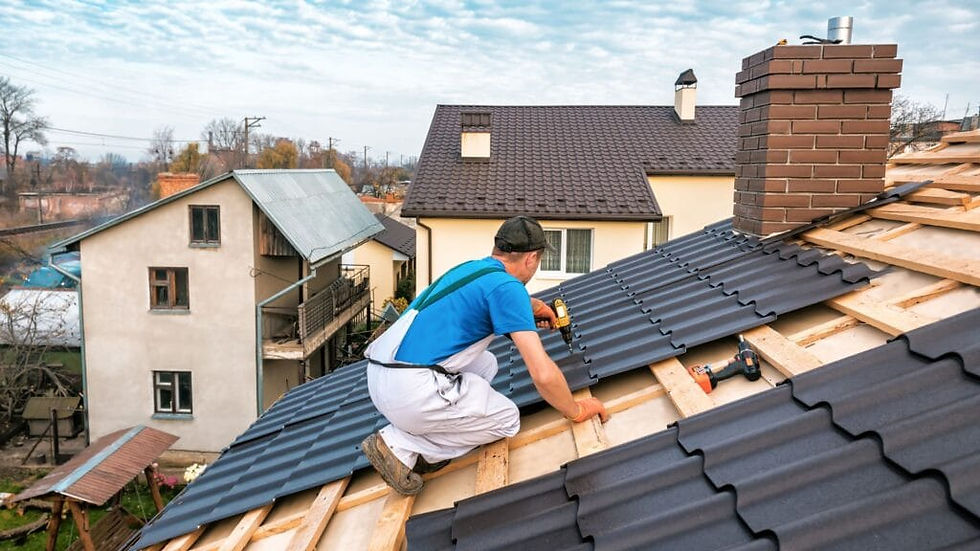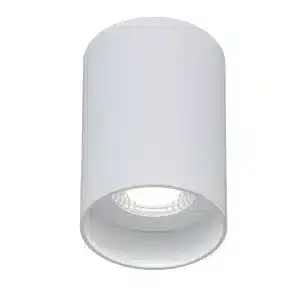How to Choose the Best Materials for Your Roof Restoration
- kristinannieblog
- Sep 10
- 4 min read

Understanding the importance of roof restoration cannot be underestimated. A damaged or neglected rooftop does not only mar the aesthetic appeal of your home but also poses significant risks to the structure and safety of your dwelling. For this reason, it becomes crucial to select the appropriate materials during roof restoration — a decision that can significantly impact the sustainability, durability, and financial worth of your home. Navigating through this article, we will delve deeper into the intricacies of choosing the right roof restoration materials, especially for Australian homes.
The Importance of Quality Roof Restoration
Ignoring signs of roof damage can lead to serious consequences, including leaks that damage your home's interior, compromised structural stability, and escalated energy costs due to poor insulation. Conversely, a well-maintained roof, by virtue of quality restoration, offers significant benefits such as improved home value and marketability. In fact, according to a report from the National Association of Realtors, homeowners can recover around 107% of the value of a new roof when selling their homes. So, investing in a good roof restoration indeed pays off both short and long-term dividends and rewards.
Conservation and Roof Material Durability
A good roof restoration not only revamps the look of your home but also plays a prominent role in its conservation over time. For instance, durable material selection for your roof minimises the need for regular repairs and maintenance, hence, protecting your interiors from potential damage from leaks or drafts. The longevity of your roof largely depends on the quality of materials used during restoration. Therefore, considering durability in your material selection ensures your roof can withstand years of harsh weather while protecting your home and maintaining its structural integrity.
Types of Roofing Materials and Their Advantages
There’s a myriad of roofing materials available in the market, with each boasting unique features. Terracotta, for example, is a naturally occurring and long-lasting material that offers a traditional aesthetic appeal, ideal for historic homes. However, it is comparatively expensive and requires professional installation.
Concrete roofs, on the other hand, are relatively cheaper and can mimic the appearance of more expensive materials like wood and slate. Though durable, they may not be as long-lasting as other options. Slate is the most durable, lasting up to 200 years with proper care, but also comes at a premium price.
Metal roofs are becoming increasingly popular in Australian homes given their resistance to harsh climates and their ability to reflect heat. Despite their durability, they tend to be noisier during rain and may require insulation for heat control.
Choosing the Right Material for Your Climate
Understanding your region's climate is fundamental in determining appropriate roofing materials. In the tropical north of Australia, terracotta and slate might not hold up thanks to the intense sun and heavy storms. On the other hand, metal roofs fare very well in these climates due to their heat-reflective surfaces. At the cooler southern end, concrete or slate could be ideal as they have excellent insulation properties maintaining warmth within the home.
Budget Concerns: Understanding Costs for Different Materials
As much as material quality and durability are essential, the cost will undoubtedly play a significant role in your decision-making process. Concrete and metal roofing options are generally considered more affordable than their terracotta and slate counterparts. However, it's essential to consider the long-term maintenance and replacement costs. Typically, more expensive materials like slate tend to have lower long-term upkeep costs due to their high durability.
Eco-Friendly Choices in Roof Restoration
In today’s environment-conscious society, it’s crucial to consider the ecological impact of your restoration materials. For instance, metal roofs are not only recyclable but also reflect heat, reducing the need for air conditioning. Similarly, slate and terracotta are natural materials that don’t contribute to pollution during production.
When to Seek the Professionals
Roof restoration is not always a DIY project; sometimes, you need to call in the professionals. Expert roofers bring a wealth of experience and knowledge of different materials and their application. They can provide valuable advice on the best choices for your specific needs and ensure correct installation to optimise material longevity. Companies like the Australian Roofing Group (ARG) come highly recommended for their vast experience and reputation in the field.
Step-by-Step Guide to Roof Restoration
A successful roof restoration consists of several stages, starting from a thorough roof inspection to identify areas needing attention. Following this, you'd need to remove any old shingles or tiles, repair any damage beneath, and then begin the installation of new roofing materials. Remember to consider your local regulations and any permits that may be required and always ensure adherence to safety measures during the process.
Key Takeaways
Choosing the right materials for your roof restoration plays a substantial role in the sustainability, durability, and financial value of your home. Understanding your local climate and budget constraints are crucial elements in guiding your decision. Also, considering the eco-friendliness of your chosen material can positively contribute to global conservation efforts.




Comments